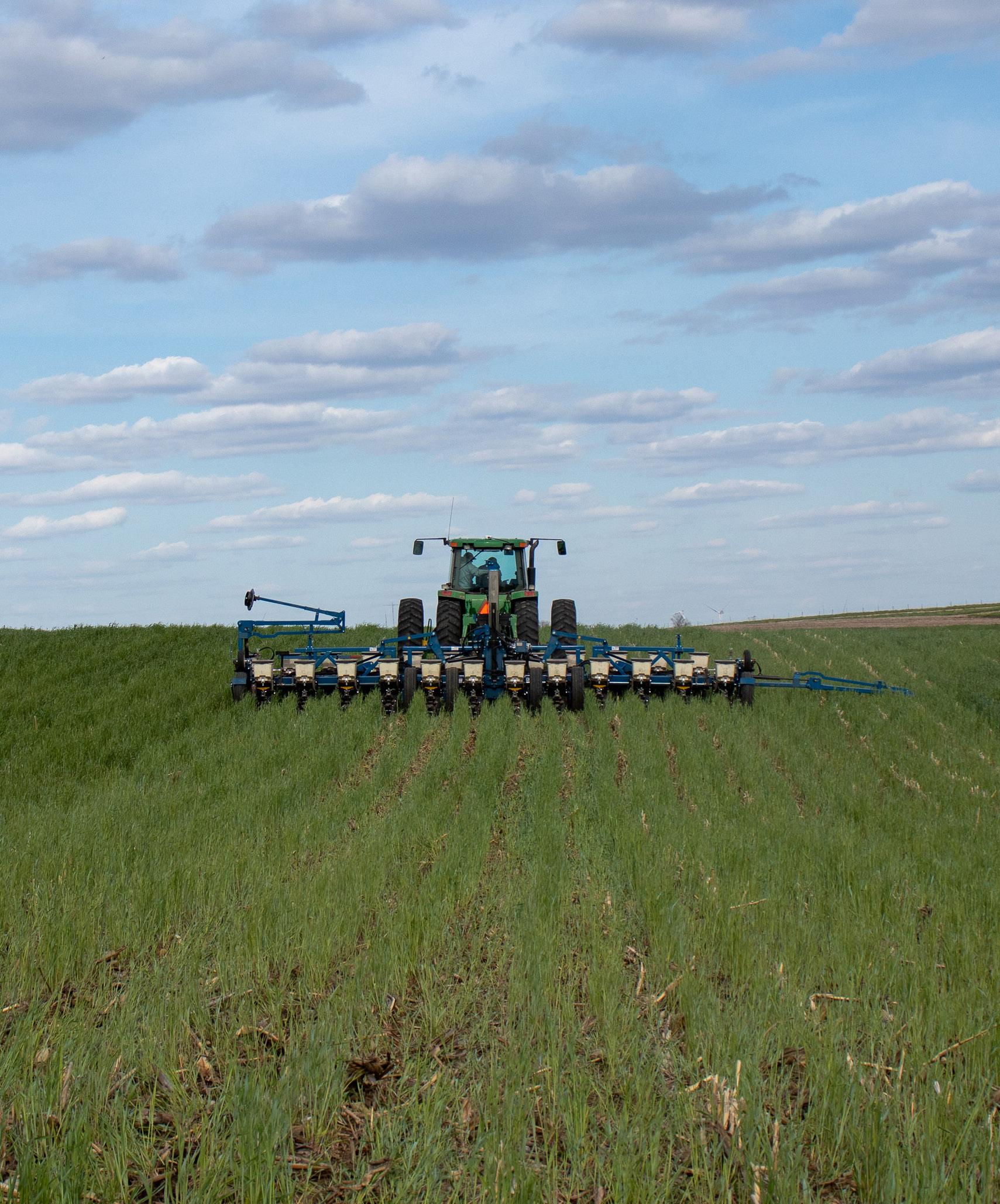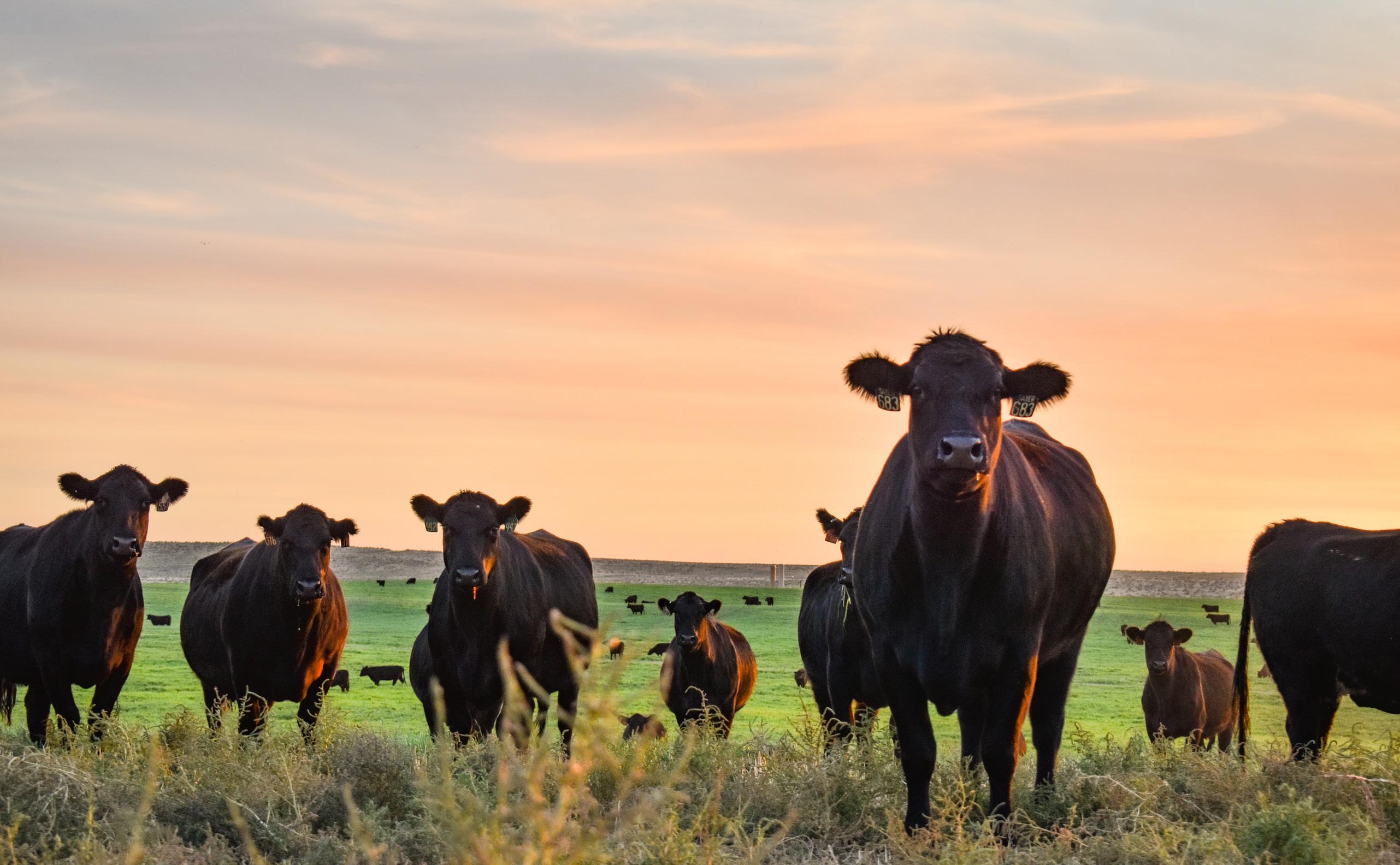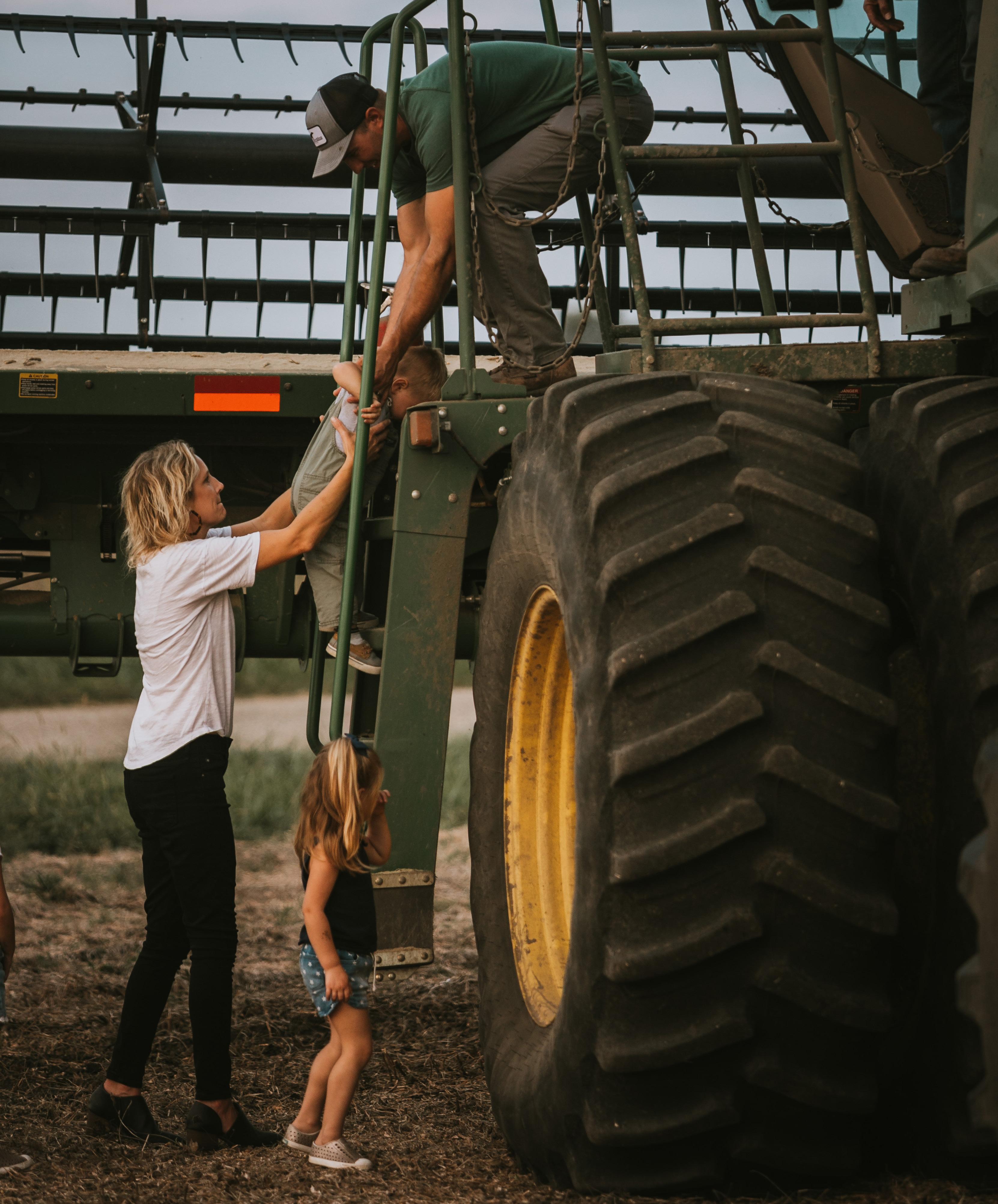
7 minute read
One Plus One Equals More
By Betsy Osman
Born from the same ethos, and united by a common goal to create measurable positive impacts for Illinois farmers, the IL Corn Growers Association and the Illinois Soybean Association have forged a new, strategic relationship that provides both organizations with opportunities to advance common goals and promote Illinois agriculture. This mutually-beneficial partnership creates value for farmers by intersecting layers of advocacy, promotion, program development, shared resources, and strength in numbers.
Together, under the direction of IL Corn Executive Director, Rodney Weinzierl and ISA CEO, John Lumpe, these two organizations have created a collaborative model, challenging Illinois agriculture to cast a wider net by formalizing existing networks and establishing new mechanisms for communication.
But this meaningful partnership has not always been an easy alliance. Rather it was a deliberate pursuit by the boards of both associations who saw an opportunity to leverage resources, share risk and reward, and stand together for the good of Illinois.
“In 2019, the ISA board conducted a search for a new CEO,” recalls Doug Schroeder, former Chairman. “The search team made it clear to all candidates that collaborating more with IL Corn was a top priority. In John Lumpe, we saw a person who had excelled at team building, putting the right people together and maximizing joint efforts.”
“During my interview process, I heard it again and again– the board needed someone to repair and facilitate relationships,” says Lumpe as he remembers those early conversations. “ISA had veered from the original strategic plan and it was time for a change. Not long after I officially assumed the role, Rodney and I sat down, shook hands and decided then and there that we’re going to communicate and work together on behalf of the farmers. Since that time, Rodney has become a valuable mentor to me, provid-
ing backstories and context on Illinois-specific issues.”

For Weinzierl, a strategic partnership between IL Corn and ISA would not only be the answer to creating stronger, better farming communities, it would be paramount to Illinois agriculture’s long-term success.
“We talked about how most farmers grow both soy and corn, and it only made sense that we work together and try to identify areas in which we should be working more closely,” says Weinzierl. “I think historically, many people believe our organizations have the same programs available – that there’s redundancy between us – but we decided we were ready to change that perception. I saw that our collaboration could work because of its synergistic dynamic; our efforts and successes would build off one another.”
Lumpe had been working for ISA a mere 30 days when the state shut down due to COVID-19 restrictions. Weinzierl called Lumpe with a plan to protect the human capital element of the supply chain.
“At the top of the pandemic, hand sanitizer had become a scarce commodity. And as planting season was ramping up, the concern was real in farm country that ag retailers wouldn’t be able to stay open for business, which would have drastically impacted our farmers’ ability to put the crop in,” remembers Lumpe. “Rodney had the idea to provide hand sanitizer using corn-based ethanol and glycerin from soybeans.”
Together, Weinzierl and Lumpe orchestrated a plan to help produce, warehouse, and distribute hundreds of gallons of hand sanitizer, made at Marquis Energy in Hennepin, Ill., the largest drymill ethanol facility in the world. Evergreen FS warehoused the product, while GROWMARK energy and logistics team members and environmental safety and insurance services members distributed the product.
Since that time, there’s been a fresh momentum throughout the state as IL Corn and ISA have led collaborations on a number of programs and projects, including a shared booth at the 2021 Farm Progress Show.
“From both a leader and a farmer’s perspective, there’s an expectation that we work together so that we are as efficient and effective as possible,” says Weinzierl. “We work with a lot of the same entities – IL Beef, IL Pork, the American Lung Association, the United States Meat Export Federation (USMEF)– so there’s a lot that we do together to benefit Illinois farmers. The Farm Progress Show allowed us to demonstrate the collaborations happening at many different levels.”
“I heard from so many folks who commented on how happy they were to see our two associations in the same booth,” adds Lumpe. “That shared effort enabled us to have double the reach, and make double the impact.”
Another area of crisscrossing interests between both groups is a collective set of policy and legislative priorities identified for the purposes of informing decision-makers.
“We’re all concerned with, and affected by trade,” says Weinzierl. “The Russia conflict has created supply chain issues. Illinois plays a large role in the export channels for the U.S., we’re looking to each other to identify new solutions. As we have our eyes on the 2023 Farm Bill, both organizations are hosting farmer listening sessions to see independently where our organizations are at, and then communicating the larger needs and opportunities. IL Corn and ISA are absolutely in alignment as we work on the next Farm Bill.”
“I believe another one of our shared priorities has to do with the biofuels space. For corn, that’s ethanol and for soy, that’s biodiesel,” adds Lumpe. “There are a lot of changes happening in the industries. It’s important that we share the task of maintaining the viability of both options, because most of our farmers grow both soy and corn. There’s more demand now, so we’re thinking together about how we can meet that growing demand.”
According to Weinzierl, shrinking farm family populations could present a challenge as we work to effectively communicate with elected officials.
“As we begin to better understand our legislators, and refine our efforts to engage with them, we must be a unified front," says Weinzierl. “We need to promote and educate those leaders who know very little about the Illinois farmer, yet are in a position to impact our operations.”
To that end, Lumpe believes that encouraging other state-level agronomic collaborations is imperative. “Not only are corn and soybeans working better together, we’re encouraging all Illinois commodity groups to work collaboratively,” says Lumpe. “Teamwork spawns trust naturally. We’re going to be identifying the issues that matter to Illinois farmers, and getting out to educate constituents and legislators. The people representing our industry aren’t necessarily people who understand rural community farming. They need to hear it from us, and they need to hear us saying the same things.”
So what’s next for IL Corn and ISA?
“I think we will continue to grow programs and projects together, leaning in to the collaborative framework we’ve developed,” says Lumpe. “A true collaboration has to stand for more than a handshake; it has to show up at your board meetings and in your budget. As two separate associations who serve the same groups of people, I believe we are stronger together. And I believe we are better stewards of our farmers’ investments when we work in unison.”
“We will continue to communicate, we will continue to collaborate, and we will continue to inspire growth across both organizations,” adds Weinzierl. “That’s the essence of synergy. One plus one doesn’t equal two; it adds up to so much more.”









